The CHEERS consortium has designed and developed a 3 MWth demonstration facility for chemical looping combustion (CLC). This work began in 2017 and includes a comprehensive program of laboratory measurements, pilot-scale testing, cold-flow visualization rigs, and detailed simulation modelling on microscopic and macroscopic scales.
The CHEERS industrial partners, Dongfang Boiler Group and TotalEnergies, with close assistance from research partners Tsinghua University, IFPEN and SINTEF, are now well underway to build the facility on-site at the Dongfang Key Laboratory for Clean Combustion and Flue Gas Purification at Deyang, Sichuan Province, China.
The goal is to start testing on the completed facility in Q2 2023. Site preparation of the integrated CLC plant began in Q1 2022. Subsequent construction and assembly have progressed impressively. Most of the internal process equipment, much of which is unique to the CLC design, was completed in July-August.
- The footprint of the CLC system is about 270 square meters, and the highest process unit will be about 42 meters tall.
- The project aims to confirm the designed carbon capture rate of 96%.
- The capabilities of the CLC facility include enhanced system monitoring and data collection to enable a deeper understanding of the system performance. This will be used to improve future designs.
- The design of the CLC demonstration unit includes special adaptations to use at least two different types of solid fuels. As part of the design phase activities, these have been extensively modelled numerically and with an analogue 1/3 scale ‘cold flow’ hydraulic version of the final demonstration unit.
The following photos show some selected snapshots from the construction site and the factory producing the main process units.
The CHEERS project has received funding from the European Union’s Horizon 2020 research and innovation program under grant agreement No 764697. The project is also co-funded from National Key Research and Development Program of China by Chinese Ministry of Science and Technology (MOST) under grant agreement No 2017YFE0112500.
The project has also benefited from the work of the other project partners: Silesian University, Zhejiang University and Bellona.
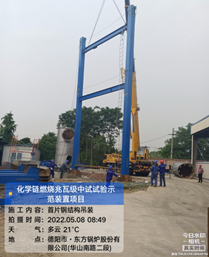
Raising the first steel beems for the support structure May 2022
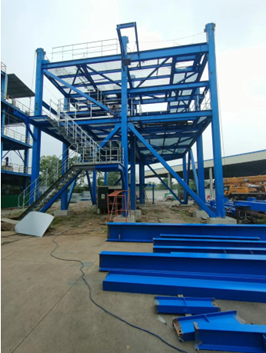
Steel Support Frame June 2022
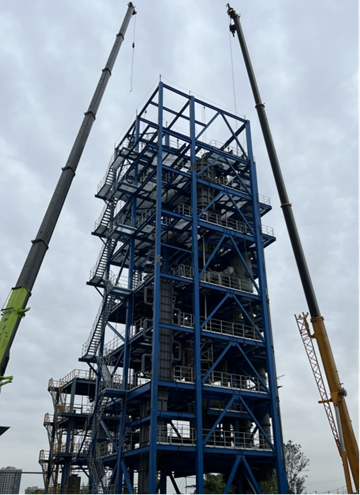
Steel Frame Support Structure in place August 2022
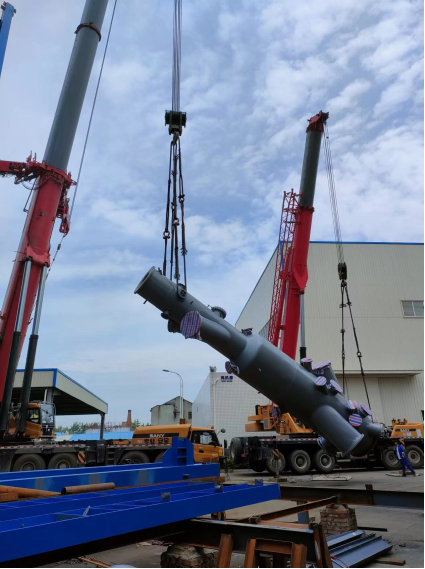
Installing a major process component in the demonstration facility August 2022

Manufacturing the main process units for CLC June 2022
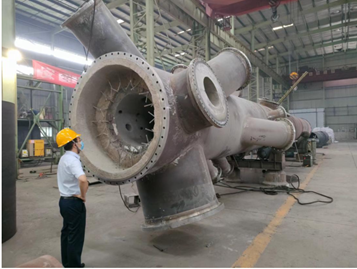
Manufacturing the main process units for CLC June 2022
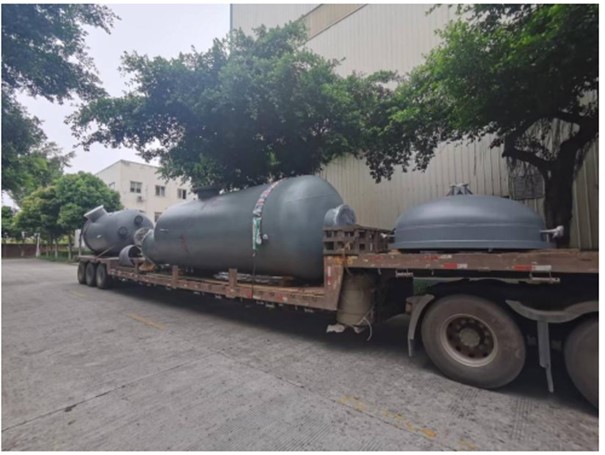
Transport of finished tank units to demonstration facility site June 2022
